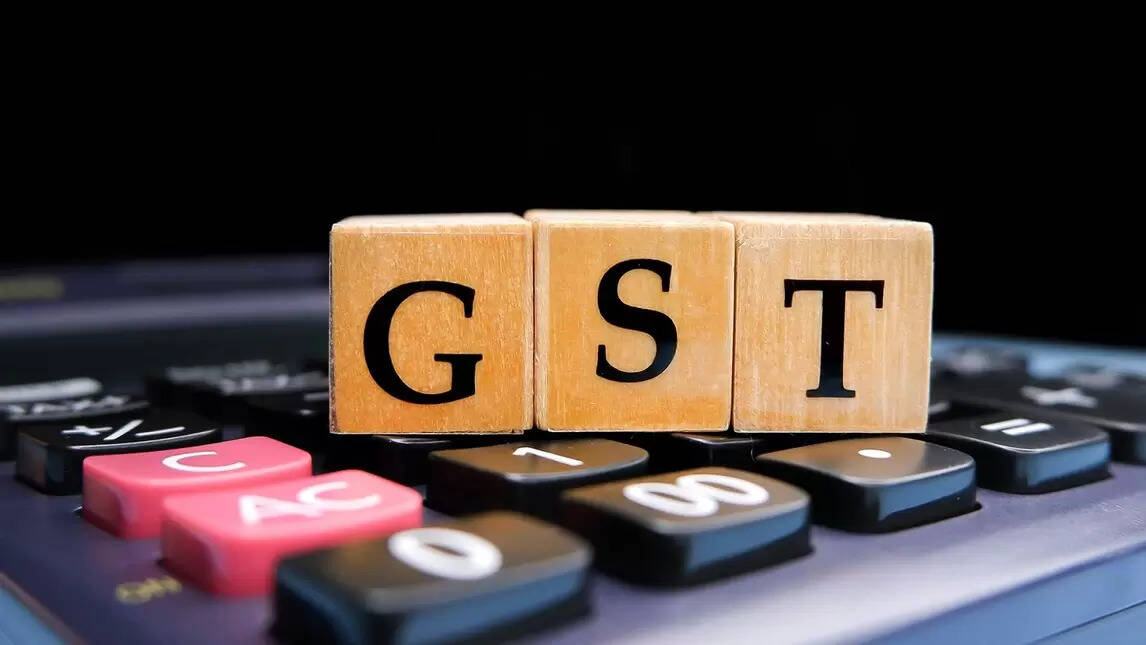7 Crore+ Customers

Affordable Premium

Accessibility Options

General

General Products
Simple & Transparent! Policies that match all your insurance needs.


37K+ Reviews
7K+ Reviews
Scan to download

Life

Life Products
Digit Life is here! To help you save & secure your loved ones' future in the most simplified way.


37K+ Reviews
7K+ Reviews
Scan to download

Claims
Claims
We'll be there! Whenever and however you'll need us.


37K+ Reviews
7K+ Reviews
Scan to download

Resources
Resources
All the more reasons to feel the Digit simplicity in your life!
 Tools & Calculators
Tools & Calculators


37K+ Reviews
7K+ Reviews
Scan to download

37K+ Reviews
7K+ Reviews
Select Preferred Language
Our WhatsApp number cannot be used for calls. This is a chat only number.

Enter your Mobile Number to get Download Link on WhatsApp.
You can also Scan this QR Code and Download the App.


You need an e-way bill when you transport goods worth more than ₹50000 from one place to another. However, you need to be a registered GST taxpayer to generate an e-way bill. There are certain cases when GST officials block or unblock e-way bills as and when required. In this article, you will learn what is the process of e-way bill blocking, the reason and impact along with how you can unblock it if you find yourself in such a situation.
A common question that arises is how blocking of E-Way Bill is done? The answer is, a taxpayer cannot block an e-way bill. GST authorities are only capable of blocking your e-way bill generation facility. An E-Way Bill will be blocked if you have not filed your GSTR-3B for the last 2 or more preceding tax period.
If your e-way bill is blocked, you can find it challenging to raise new bills for the movement of their goods in the future. Hence, they will have to unblock their e-way bill in this regard.
Under Rule 138E of the CGST Rules:
Note: Blocking is only applicable to the new e-way bill generation under the specified GSTIN. E-way bills already generated remain valid until their expiry.
If you fall behind on your GST payments, you can unblock your GSTIN by submitting GSTR-3B for the period defaulted. After completing this process, you can generate an e-way bill the next day. You need to follow the steps given below in order to accomplish it:
Step 1: Open the E-Way Bill portal and click on “Search” option. From the drop-down, select “Update Block Status”.
Step 2: Enter your GSTIN and feed in your CAPTCHA code. Click on “Go”.
Step 3: Choose "Update Unblock Status from GST Common Portal" to view the status of the recent filing.
If you are still unable to unblock your GSTIN, you can contact the GST Help Desk to rectify this issue.
You can give a manual representation to the Jurisdictional Officer in case you face any technical error or are in an emergency case. The officer then authenticates and accepts your request to unblock the GSTIN online.
You can also apply for EWB-05 online to unblock your e-way bill. For unblocking, you need to follow the below steps to get away with your e-way bill blocking:
Step 1: Log in to the GST portal by providing your login credentials.
Step 2: On the dashboard, click “Services” and then “User Services”.
Step 3: Next, click on “My Applications”.
Step 4: From the dropdown menu select “Application Type” and choose “Application for unblocking e-way bill”.
Step 5: Click on "New Application" and choose "Expected date for submission of returns of the default periods".
Step 6: Select “Reason of Unblocking by Taxpayer” from the dropdown options.
Step 7: Upload your documents by clicking on "Choose File".
Step 8: Select the verification checkbox at the bottom of the page and the name of the person who signed this application to proceed.
Step 9: You also need to enter the name of the place from where you are filing this application. After filling in the details, click on “Proceed”.
Step 10: A pop-up message will appear. Click “Proceed” again to submit this application.
Step 11: Choose “Submit with EVC” or “Submit with DSC” whichever is applicable from the “Submit Application” menu.
Upon completing the above procedure, the system will send a confirmation email and SMS to your registered email ID and mobile number, verifying the successful submission of your application form. You can download the acknowledgement application form.
The blocking or unblocking of an e-way bill will not affect transporters as they are only registered on the e-way bill portal. However, you cannot use your blocked GSTIN as a consignee, consignor, or transporter to generate an e-way bill. Therefore, unblocking an e-way bill will help the transporter to resume the transportation of goods.
To summarise, an e-way bill blocking impacts your business operation significantly as the goods cannot be delivered or received without it. Therefore, complying with GST provisions and filing returns on time is important to ensure smooth business transactions.
To avoid disruptions in transportation and potential penalties, it’s crucial to stay compliant with GST filing requirements. Non-filing of GSTR-3B or CMP-08 for two or more periods can trigger a block on e-way bill generation, affecting business operations. While unblocking is possible through return filing or officer approval via EWB-05, the most effective strategy is proactive compliance, filing returns on time ensures uninterrupted trade and peace of mind.
For your e-way bill generation blockage, you will receive an SMS or email on your registered mobile number or email ID. Furthermore, during this period, you or any other user like the transporter, will not be able to generate an e-way bill using the GSTIN.
For your e-way bill generation blockage, you will receive an SMS or email on your registered mobile number or email ID. Furthermore, during this period, you or any other user like the transporter, will not be able to generate an e-way bill using the GSTIN.
You can upload a file in either JPEG or PDF format only. Moreover, this file size should be a maximum of 1MB, and you can attach only four supporting documents.
You can upload a file in either JPEG or PDF format only. Moreover, this file size should be a maximum of 1MB, and you can attach only four supporting documents.
If you are a supplier or recipient who is blocked, for non-filing of returns for consecutive two tax periods, then a transporter cannot complete e-way bill generation on your behalf. Moreover, the transportation of goods will come to a halt.
If you are a supplier or recipient who is blocked, for non-filing of returns for consecutive two tax periods, then a transporter cannot complete e-way bill generation on your behalf. Moreover, the transportation of goods will come to a halt.
The GST portal sends a reminder to you via SMS and email before the validity expiration period. You will receive the reminder seven days before the validity period's expiry, urging you to file returns within a stipulated time to prevent the blocking of e-way bills.
The GST portal sends a reminder to you via SMS and email before the validity expiration period. You will receive the reminder seven days before the validity period's expiry, urging you to file returns within a stipulated time to prevent the blocking of e-way bills.
You can check your application status on the GST portal by navigating to the “Service” section and selecting “View Additional Notices/Orders”. Alternatively, you will receive an order via an SMS and email on your registered mobile number and email ID. [Source]
You can check your application status on the GST portal by navigating to the “Service” section and selecting “View Additional Notices/Orders”. Alternatively, you will receive an order via an SMS and email on your registered mobile number and email ID.